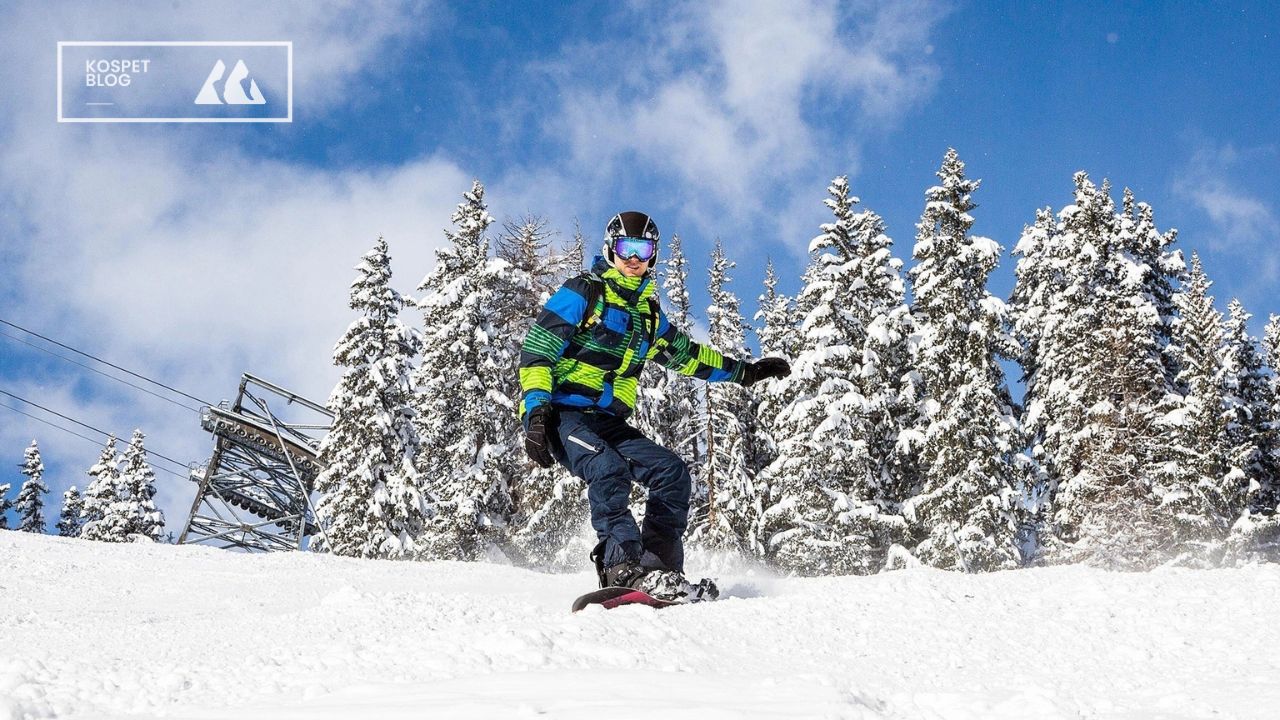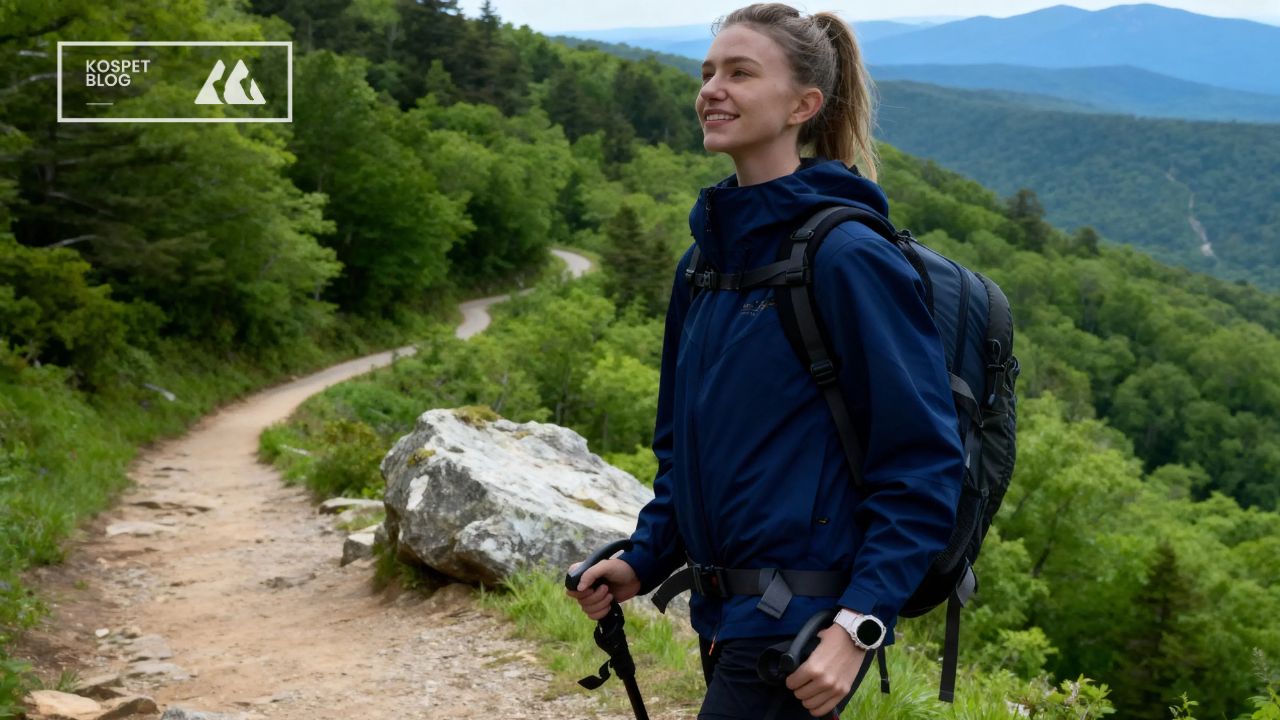Cuando estás esquiando por pendientes heladas o recorriendo senderos cubiertos de nieve, tu reloj no es solo un accesorio de moda, es equipo de supervivencia. Sin embargo, no todos quieren gastar $800 en un Garmin Fenix.
El desafío? Encontrar relojes inteligentes asequibles para esquiar que equilibren durabilidad, duración de batería y rendimiento en clima frío sin arruinarte.
El frío agota las baterías rápido – Por qué los relojes inteligentes asequibles deben demostrar su valía

Las condiciones frías no solo hacen que esquiar sea más difícil, también agotan las baterías que alimentan tu reloj inteligente. Esta es la primera prueba real para los modelos asequibles.
- Investigaciones publicadas en el Journal of Power Sources muestran que las baterías de ion de litio pueden perder hasta un 40% de su capacidad a –20°C.
- Esquiadores en Reddit frecuentemente confirman esta realidad: un usuario describió cómo su reloj se apagó solo tres horas después de iniciar una excursión en terreno salvaje, mientras otro admitió llevar un banco de energía solo para mantener su dispositivo encendido.
El precio pierde sentido si el rendimiento colapsa en clima helado. Para deportes de nieve, “asequible” debe significar aún suficientemente confiable para durar todo el día.
Durabilidad e impermeabilidad: No todos los relojes inteligentes asequibles son iguales
El frío no es el único desafío: el entorno montañoso castiga los dispositivos con nieve, humedad e impactos. Un reloj que no soporta estas condiciones es poco más que un gadget.
- Una encuesta de Consumer Reports sobre dispositivos wearables encontró que casi el 30% de las fallas al aire libre fueron causadas por pantallas agrietadas o entrada de agua.
- Historias de la comunidad refuerzan esto: un excursionista recordó condensación formándose bajo el cristal tras una sola tormenta de nieve, mientras otro describió una correa que se rompió en plena caída.
- Los relojes probados bajo los estándares MIL-STD-810H muestran consistentemente mayor resistencia a golpes, agua y cambios extremos de temperatura.
La robustez no es un lujo, es la base para confiar. Los dispositivos económicos que recortan aquí pueden costar mucho más cuando fallan en el campo.
Navegación y funciones específicas para esquí: ¿Cumplen los modelos económicos?
Más allá de sobrevivir al frío y la nieve, un reloj debe guiarte con seguridad. La navegación es donde los modelos económicos suelen mostrar sus límites.
- Un estudio de 2024 en el International Journal of Geographical Information Science encontró que el GNSS de doble banda mejoró la precisión en un 35% en valles alpinos donde la nieve y el terreno distorsionan las señales.
- En foros como r/skiing y r/backcountry, los usuarios se quejan regularmente de relojes económicos con tasas de actualización GPS lentas o coordenadas erráticas. Más de uno admite sacar mapas de papel cuando sus dispositivos fallaron.
Muchos relojes inteligentes asequibles aún priorizan pasos y calorías sobre navegación seria. En las pistas o en una tormenta blanca, ese compromiso no es solo incómodo, puede ser peligroso.
Relojes inteligentes asequibles para esquí y senderismo en nieve
| Modelo | Precio actual más alto (USD) | Duración continua de batería con GPS | Durabilidad / impermeabilidad | Funciones de navegación | Mejor uso |
|---|---|---|---|---|---|
| Garmin Forerunner 55 | $199.99 | Hasta 20 hrs (GPS) | 5 ATM; rango operativo de –20°C a 60°C | GPS/GLONASS/Galileo (sin barómetro/brújula) | Reloj de entrada confiable respaldado por marca para excursiones de un día |
| KOSPET Tank T3 Ultra 2 | $119.99 | 30–35 hrs (GPS) | 5 ATM + IP69K; probado según MIL-STD-810H | GNSS de doble banda (L1+L5), GLONASS + Galileo, barómetro + brújula | Opción robusta y asequible con perfiles para esquí/snowboard |
| North Edge X-Trek 2 | $159.00 | ~15 hrs (estimado) | 3 ATM; rango operativo 0–50°C | GPS, altímetro, barómetro, brújula | Reloj outdoor económico; usable pero menos confiable en frío extremo |
| Decathlon CW500 / CW500 S | ~$55 | Sin GPS (solo seguimiento por pasos) | Resistencia al agua 5 ATM | Seguimiento básico de fitness; sin GNSS | Costo ultra bajo, bueno para actividad casual, no para uso alpino |
| North Edge Z123 | ~$40 | Sin GPS | Impermeabilidad básica IP68 | Sensores limitados; sin herramientas de navegación | Reloj inteligente de presupuesto más bajo, no apto para esquí en terreno salvaje |
- Precio vs rendimiento: Alrededor de $150–160 es el punto ideal—Garmin Forerunner 55 y KOSPET Tank T3 Ultra 2 ambos están aquí, con KOSPET ofreciendo mayor durabilidad y mejor navegación.
- Duración de batería: Solo el modelo KOSPET supera las 30+ horas de GPS, suficiente para recorridos de varios días. Las 20 horas de Garmin son adecuadas para excursiones de un día. Los modelos de menos de $100 no cumplen.
- Durabilidad: KOSPET cuenta con certificación MIL-STD e IP69K, lo que realmente lo diferencia frente a la IP68 básica o 3 ATM de los modelos económicos.
- Navegación: El GNSS de doble banda es esencial en valles nevados. Solo KOSPET lo ofrece actualmente a un precio “asequible”.
- Nivel más bajo: Los relojes por debajo de $70 pueden ser “asequibles”, pero no son prácticos para esquí serio o senderismo en nieve.
Conclusión
Los relojes inteligentes asequibles para esquí y senderismo en nieve deben equilibrar precio y rendimiento. La clave no es solo el costo, sino si un reloj puede sobrevivir al frío, durar con el seguimiento GPS y guiarte confiablemente en las pistas. Los modelos de gama media alrededor de $150–200 suelen ofrecer el mejor equilibrio: lo suficientemente baratos para ser asequibles, pero robustos para confiar en la nieve.
Preguntas frecuentes
¿Son confiables los relojes inteligentes asequibles en condiciones de congelación?
No todos. Los modelos probados para –20°C o con durabilidad MIL-STD rinden mejor. Los relojes económicos sin esa certificación suelen perder energía o empañarse.
¿Los relojes económicos incluyen modos para esquí o snowboard?
Algunos modelos de gama media como el KOSPET Tank T3 Ultra 2 incluyen estos perfiles. Los dispositivos de entrada pueden requerir configuraciones personalizadas o carecer completamente de métricas de esquí.
¿Cuánta duración de batería necesito para esquiar?
Al menos 10–12 horas de seguimiento GPS para un día de esquí. Si planeas excursiones en terreno salvaje, busca 20–30+ horas.









Dejar un comentario
Todos los comentarios se revisan antes de su publicación.
Este sitio está protegido por hCaptcha y se aplican la Política de privacidad de hCaptcha y los Términos del servicio.